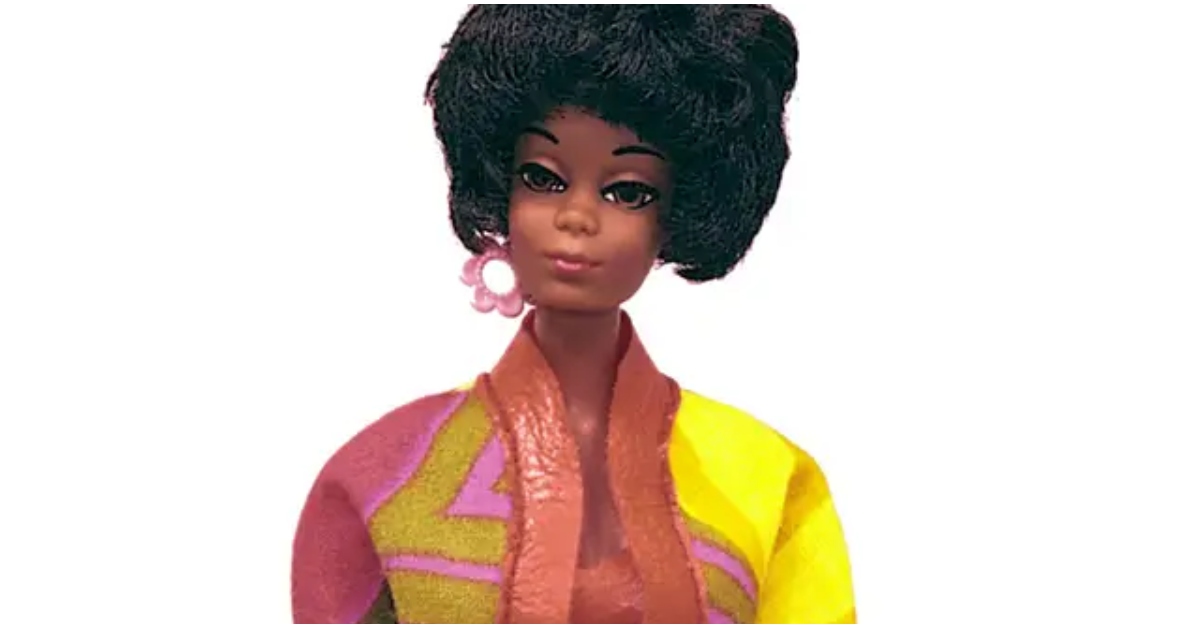Paving The Way For Decades Of Expanding Diversity And Inclusion
Long before Black Barbie’s 1980 debut, Mattel took the first step toward reflecting America’s diversity in 1968 by introducing Christie, the first Black doll in the Barbie universe. This groundbreaking milestone paved the way for improved representation across the brand’s history.
Early Calls For Representation Set Wheels In Motion
When Ruth Handler asked workers in the late 1950s if Mattel should make a Black doll, the overwhelming consensus was “We want a Black doll.” This spark ignited a fire within the company to expand its initially homogeneous lineup.
In the ensuing years, Mattel financed the pioneering Black-owned Shindana Toy Company and debuted various Black Barbie friends. But it was 1968’s Christie, with her stylish ensemble and mod hairdo, who many credit as the first authentic Black doll under the iconic Barbie name.
Opening Doors For Further Innovation And Progress
Christie’s creation schooled Mattel in representing diversity and nurtured an environment welcoming Black designers like industry-shaping trailblazer Kitty Black Perkins.
Perkins revolutionized playtime for millions of children when she used Christie’s ascent to argue for and ultimately design the first true Black Barbie in 1980.
Without visionaries like Handler and Perkins building upon the strides made by pioneering dolls like Christie, this kind of tremendous progress in diversity and inclusion may not have occurred at Mattel. Christie ignited a spark that still burns brightly today.





